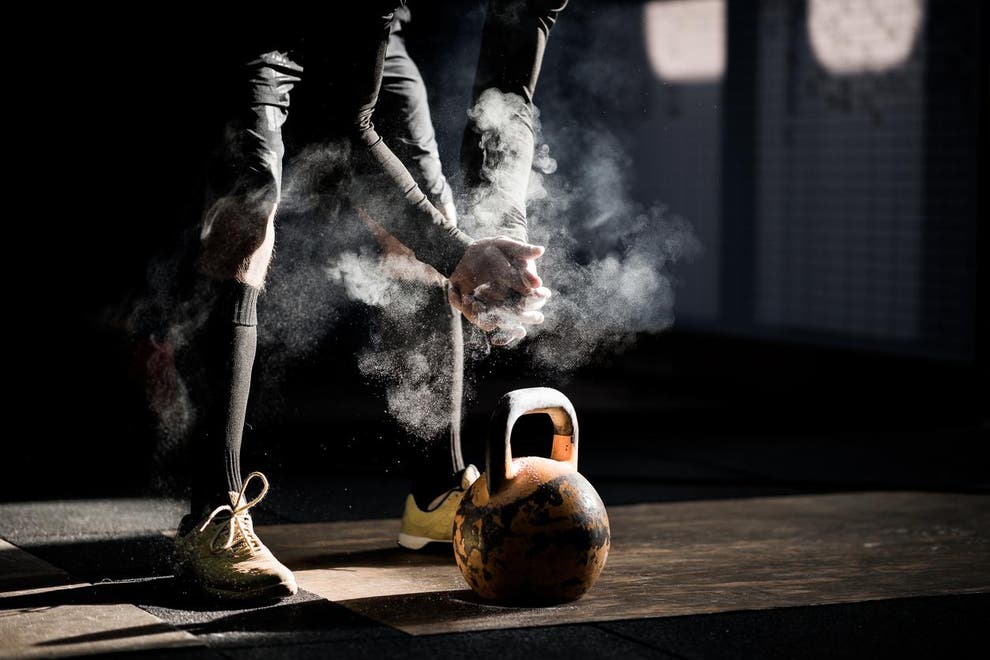Achieving Fitness Goals with Minimalist Equipment
In the world of fitness, it’s easy to get caught up in the idea that you need a fully equipped gym with rows of machines, racks of weights, and an assortment of fancy exercise gadgets to achieve your fitness goals. However, the truth is that you can make significant progress and maintain a high level of fitness with minimalist equipment. In this blog post, we’ll explore the concept of minimalist workouts and how you can use them to achieve your fitness goals effectively.
Page Contents
The Power of Minimalism in Fitness
Minimalism is a lifestyle and philosophy that emphasizes simplicity, functionality, and the removal of excess. When applied to fitness, it means stripping away unnecessary complexity and equipment, focusing on the essentials, and achieving excellent results with minimal resources.
Why Choose Minimalist Workouts?
- Accessibility: Minimalist workouts are accessible to everyone, regardless of your location or budget. You can do them at home, in a park, or while traveling.
- Simplicity: Minimalist workouts are straightforward and easy to understand, making them ideal for beginners and those with busy lifestyles.
- Efficiency: By eliminating time-consuming gym commutes and equipment setup, you can maximize the time you spend actually working out.
- Versatility: You can adapt minimalist workouts to your fitness level and goals, whether you’re a beginner looking to lose weight or an athlete aiming to maintain peak performance.
Essential Equipment for Minimalist Workouts
To achieve your fitness goals with minimalist equipment, you don’t need an elaborate setup. Here are the essentials:
- Bodyweight: Your own body weight provides excellent resistance for strength training exercises like push-ups, squats, lunges, and planks.
- Resistance Bands: These lightweight and versatile tools can add resistance to various exercises, making them more challenging and effective.
- Dumbbells or Kettlebells: While not strictly minimalist, a pair of dumbbells or kettlebells can significantly expand your exercise options without taking up much space.
Now, let’s dive into how you can use these minimal resources to achieve your fitness goals.
Crafting Your Minimalist Workout Routine
Setting Clear Fitness Goals
Before you start any workout routine, it’s essential to define your fitness goals. Whether you aim to build muscle, lose weight, improve endurance, or enhance flexibility, having specific objectives will guide your exercise choices.
Sample Minimalist Workout Plan
Here’s a sample minimalist workout plan that you can adapt to your goals:
Warm-Up (5-10 minutes):
- Jumping jacks
- Bodyweight squats
- Arm circles
Strength Training (20-30 minutes):
- Push-Ups (or push-up variations)
- Bodyweight Squats
- Planks (front and side planks)
- Dumbbell or Kettlebell Rows (if available)
Cardiovascular Training (15-20 minutes):
- High-Intensity Interval Training (HIIT) with bodyweight exercises (e.g., burpees, mountain climbers, jumping lunges)
Cool Down and Stretching (10-15 minutes):
- Stretch major muscle groups (hamstrings, quads, chest, shoulders)
- Practice deep breathing and relaxation exercises
Progressive Overload
To continue making progress with minimalist workouts, incorporate the principle of progressive overload. This means gradually increasing the intensity of your exercises over time by adjusting variables like repetitions, sets, resistance, or exercise difficulty.
Nutrition and Recovery
Achieving your fitness goals also depends on proper nutrition and recovery. Fuel your body with a balanced diet that supports your objectives, and ensure you get enough rest and sleep to allow your muscles to recover and grow.
Staying Motivated and Consistent
Maintaining a consistent workout routine is essential for achieving your fitness goals. Here are some tips to help you stay motivated:
- Set Short-Term and Long-Term Goals: Break down your fitness goals into smaller, achievable milestones. Celebrate your successes along the way.
- Find Accountability: Workout with a friend or join a fitness community to stay accountable and motivated.
- Variety and Fun: Keep your workouts interesting by trying new exercises and workout formats. Fun workouts are more likely to become a habit.
- Track Your Progress: Use a fitness journal or app to record your workouts, track your progress, and make adjustments to your routine.
Conclusion
Minimalist workouts offer a simple and effective way to achieve your fitness goals without the need for a fully equipped gym. By focusing on essential exercises, staying consistent, and maintaining a balanced diet, you can make significant strides in your fitness journey. Remember that the key to success lies in your dedication and determination, not the complexity of your equipment. So, start your minimalist workout routine today and take a step closer to achieving your fitness goals.
